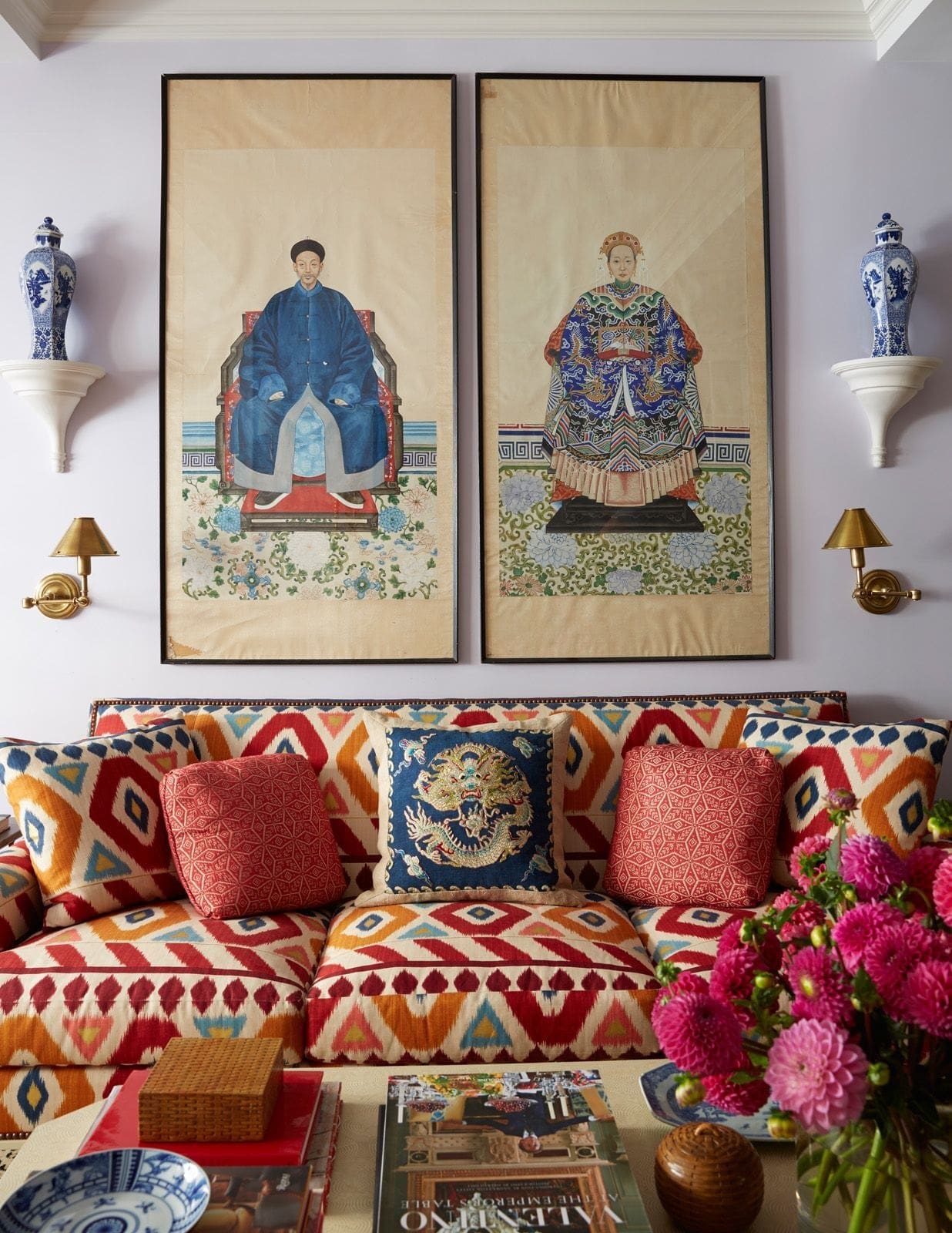Apparel, Fashion & Retail | Fashion | News & Insights
Know the histories of these fascinating textiles

Published: September 2, 2020
Author: [email protected]
Related Posts

Related Posts
Stay updated with the latest news, articles, and market reports.